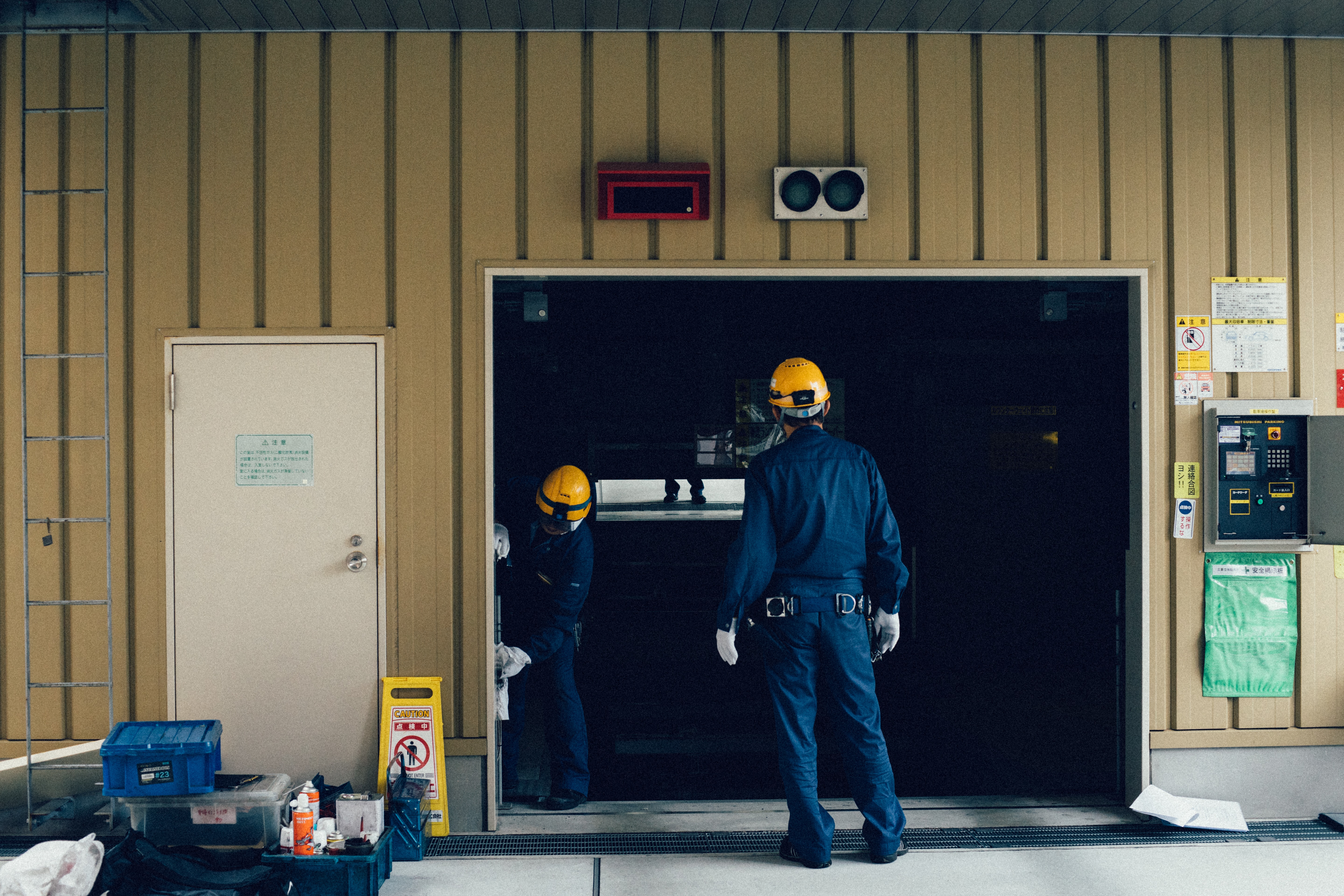The Language of Forging
At CanForge, we’ve been forging for over a century. Since this time, we’ve seen many changes in forging technologies, which has given us extensive knowledge of the metalworking industry. When showcasing our quality products, we often use terms like near-net forging, annealing and grain flow - but what do these terms mean? And why are they so important? 
Let’s take a look at these industry terms and why they are significant in our work at CanForge.
Near-Net Forging
Near-net forging is when we produce a forging that closely resembles the finished product. Also known as precision forging, this type of forging requires very little finishing because the product is close to resembling its desired shape and size.
The biggest benefit of using near-net forging is its ability to save costs during the post-forging process known as machining. Since the product requires minimum finishing, if any, additional labour costs are kept low. This also results in lower costs in material as little to no material has been wasted.
The products forged using a near-net process are often stronger because their integrity has been maintained. This efficient process allows for precision.
Annealing
Another common industry term is annealing, which is a type of heat treatment used to modify the physical characteristics of a forged piece. The material heated to a specific temperature and then cooled very slowly. This can allow the forging to develop more refined grains, which we’ll take a look at in the next section.
Annealing is often used when the product needs to be worked because it makes it softer. This allows the material to be manipulated into the desired shape without risking damage or defects such as cracking. The process prevents stress on the forging by allowing it to cool more slowly.
At CanForge, we use different types of annealing depending on our customers’ requirements:
- Full Annealing: In this process, we cool the forging in a furnace using time intervals to allow for the forging to obtain uniform softness.
- Normalizing: The forging is heated to the desired temperature and then cooled in still air. Normalizing restores ductility, or the ability of the forging to stretch without fracturing. This is a cost-effective type of annealing because it does not require the use of furnace-controlled cooling.
- Liquid Quench and Tempering: This method is idea when specific mechanical properties are required. The forging are heated to appropriate austenizing temperatures then rapidly cooled in the quenching medium (water, oil or polymer) Tempering involves reheating below critical point for a certain period of time then allowing to cool in still air. Tempering balances the forging’s ductility and improves its overall strength by decreasing brittleness.
- Process Annealing: For low carbon steel forgings, the forging is heated at a lower temperature than used in a normalizing or full annealing process. The piece is cooled in still air, which modifies the grain flow of the forging and refines its grain size.
- Spheroidizing: When forging materials made of high carbon, tool steel and alloy steel, this process creates spheroids or sphere-like particles in their structures. This heat treatment increases ductility and allows for the product to be better machined.
Grain Flow
You may have also heard us talk about grain flow. Similar to wood, metal that is forged has a grain. The grain is directional and is an important characteristic when ensuring a forging is of the highest quality. When the grain flow is aligned properly, the material will be less likely to fracture or crack. Proper grain flow also improves a forging’s resistance to impact.
***
With our vast knowledge of the forging industry, you can trust CanForge to produce high-quality products for you. Contact us today with your specifications and we’ll create a quote.
